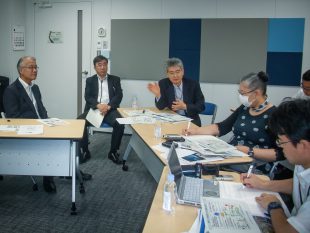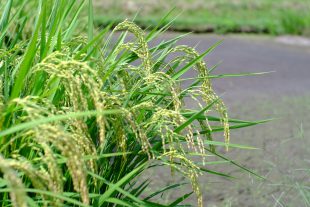Under the plan, the decommissioning of all processes will require some seventy years. In addition to normal safety measures, an immediate top priority is to reduce the risk from radioactive waste held at the plant as soon as possible. Accordingly, the intention is to complete the vitrification of all the HLW by FY28 (March 31, 2028), at the latest.
After carrying out preparatory work, including the maintenance of remote equipment at the Tokai Vitrification Facility (TVF), JAEA resumed vitrification after a hiatus of some two years, and will produce fifty vitrified packages before mid-November. Thereafter, with further inspections and maintenance, the number of vitrified packages will be gradually increased with each cycle, in an effort to complete the whole task as early as possible, and well before the deadline.
The vitrified packages will be stored on site until being moved to a final disposal facility, which the Nuclear Waste Management Organization of Japan (NUMO) will eventually build. As the vitrification proceeds, the storage capacity at Tokai will be increased from the current 420 packages to 630.
With the Tokai Reprocessing Plant having played a pioneering role in the establishment of reprocessing technology in Japan—a total of 1,140 tons of spent fuel having been reprocessed—the knowhow accumulated in its construction and operation will be transferred to the Rokkasho Reprocessing Plant, owned by Japan Nuclear Fuel Ltd. (JNFL).





